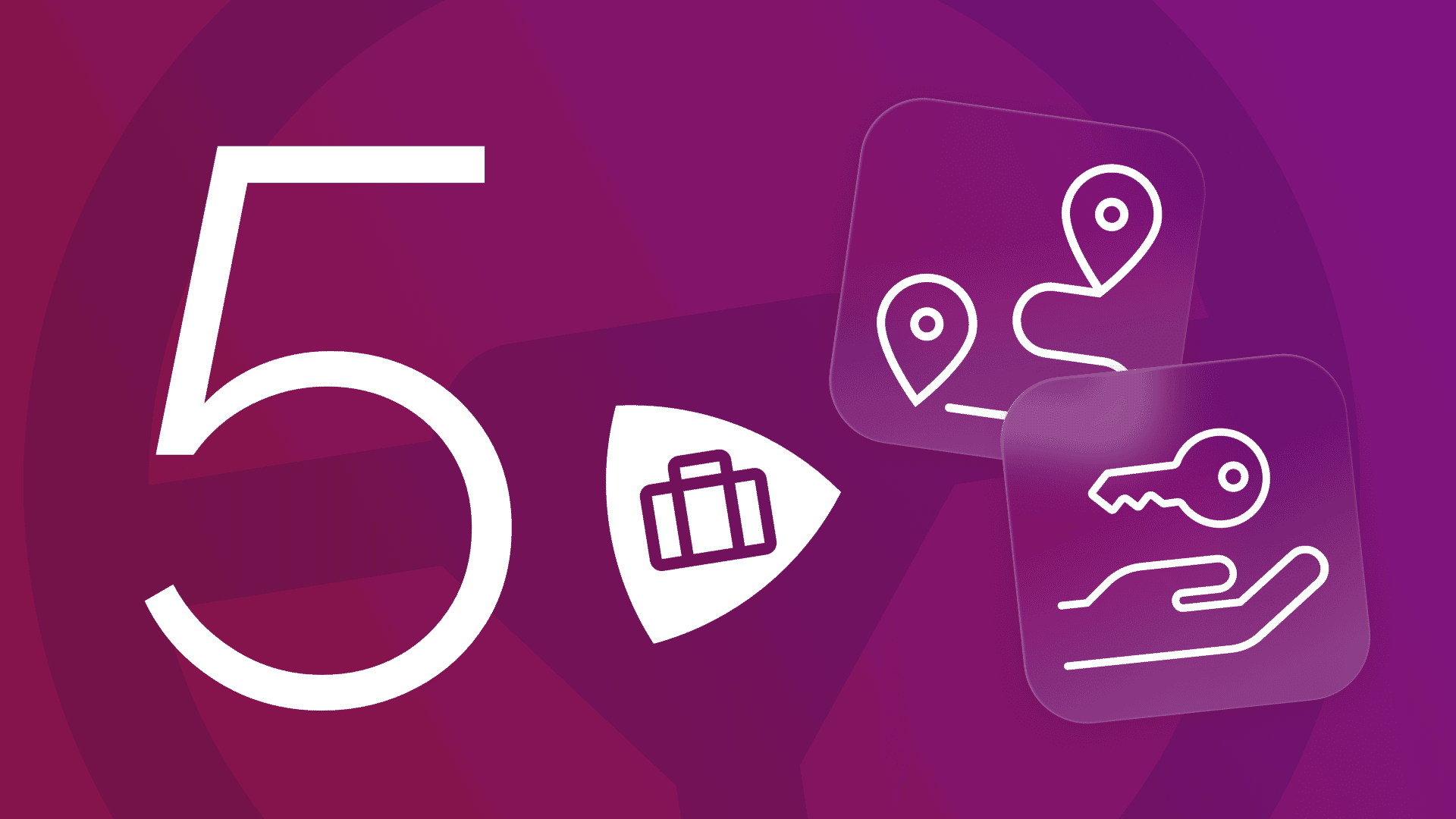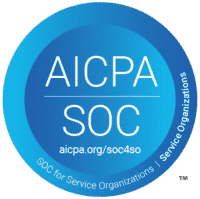The role of students in their learning process is changing from passive recipients to autonomous and active participants. This development is taking place because lifelong learning is increasingly recognized in society. After all, the (work) environment is constantly changing. As a result, getting a diploma once is not enough to keep up. Every professional must continue to learn and grow. It helps if this person also feels responsible for this. This sense of responsibility is not an innate skill or attitude. It takes an active attitude to learn it.
When it comes to students developing this sense of responsibility, it is called student ownership. Student ownership means that students are responsible for their own learning. The sooner they develop this ownership, the longer they will benefit.
In this article, you will find five ways a portfolio contributes to student ownership. But first, let’s consider the portfolio itself.
What do we mean by a portfolio?
Drieam is convinced that a portfolio contributes to student ownership. But what exactly is covered by the term “portfolio”?
A portfolio is a collection of documents or products that demonstrate a person’s skills, experiences and achievements. Originally, portfolios were mostly used in the creative industries. Today, portfolios are increasingly being integrated into education. Here they are not only used to show final products. Students also record their progress in their portfolio. In addition, it offers them tools to reflect on their (learning) process.
There are many types and forms of portfolios: digital, on paper, focused on the process or focused on the final product. Each type of portfolio used in education has at least the following characteristics:
- it is a collection of a student’s work;
- the student puts it together himself.
Below are the three most common types of portfolios:
- Development portfolio: using this type of portfolio, the student demonstrates growth and progress.
- Assessment portfolio: this is a portfolio used for (formal) assessment moments.
- Showcase portfolio: this is a showcase of successfully completed products that the student is proud of. It is the most traditional form and often the first form people think of.
In the following 5 points you will read in what ways a portfolio can contribute to student ownership.
1. A portfolio follows the learning journey of students and is teacher-independent
Student ownership can best be described as an attitude and a ‘feeling of responsibility’ that in principle every student can develop. You can choose to make students responsible for their learning journey all at once, but if they do not know how to do it, it will actually demotivate them. That is why it is important to provide them with the right structure.
A portfolio provides this structure. It follows the students’ learning journey. This is because the steps of a learning journey are incorporated into the portfolio: planning, learning, tracking and demonstrating. For each step, the students determine which products will be included in the portfolio. But also which parts are visible to whom and who is asked for feedback. This helps students take charge and makes working with a portfolio teacher-independent. The teacher obviously remains involved, but he or she only provides guidance and support appropriate to the students’ needs. Thus, while the teacher uses the portfolio, the student remains the owner.
2. A portfolio helps students set goals.
Demonstrating ownership requires students to have a clear view of their learning goals. This is because well-defined learning goals make it clear what is expected. As a result, students know where they stand on their way to the learning goal and can evaluate whether they have achieved the goal. However, goals are most effective when students set them themselves. In this area, a portfolio can provide important support.
In their portfolio, students can easily and visibly set goals. They can also create a plan to achieve the goal, monitor the process and evaluate whether the goal was achieved. They will select the evidence themselves and determine who has access to it. They can choose when, how and to whom they request feedback. This feedback plays a major role: it gives the student valuable information to help them achieve their goal.
3. A portfolio supports students in reflecting.
Reflection on one’s own learning is called a metacognitive skill. Metacognitive skills involve “thinking about thinking. This is an important pillar for student ownership. Reflecting can take place at all stages of learning:
- Prior to learning: by setting goals.
- During learning: using self-monitoring.
- After learning: through self-evaluation.
In reality, reflection can sometimes fall by the wayside. A portfolio helps by offering concrete tools to plan, structure and make reflection visible. It also offers a total overview of all (relevant) learning experiences of the students. This makes it easier to reflect holistically.
4. A portfolio helps students learn how to take responsibility
Customized support helps students learn to take responsibility. Using scaffolding, teachers can provide support in such a way that students learn in their zone of near development. A concrete example of this is a structure template. Teachers can provide this template for beginning students with more (pre-filled) structure than for older students who have been working with the portfolio for some time.
5. A portfolio helps teachers grow in their coaching (or mentoring) role
Teachers are indispensable in fostering student ownership. How they relate to students is very important. In order to teach students to take as much responsibility as possible, teachers best choose a coaching role. He or she does this by scaffolding, but also by giving feedback on the process rather than on the product. The portfolio helps by making the degree of self-direction (and development therein) clearly visible.
Conclusion
Feeling and taking responsibility for one’s own learning process are important attitudes for students. The underlying student ownership helps them to continue to develop as professionals later on. A portfolio stimulates student-driven learning and taking responsibility. The power of a portfolio manifests itself in its flexibility to adapt to each student’s personality, context, goals, and development. It provides students with tools to experience ownership, and it helps teachers to further grow in their coaching role. This makes a portfolio a valuable part of future-proof education.



